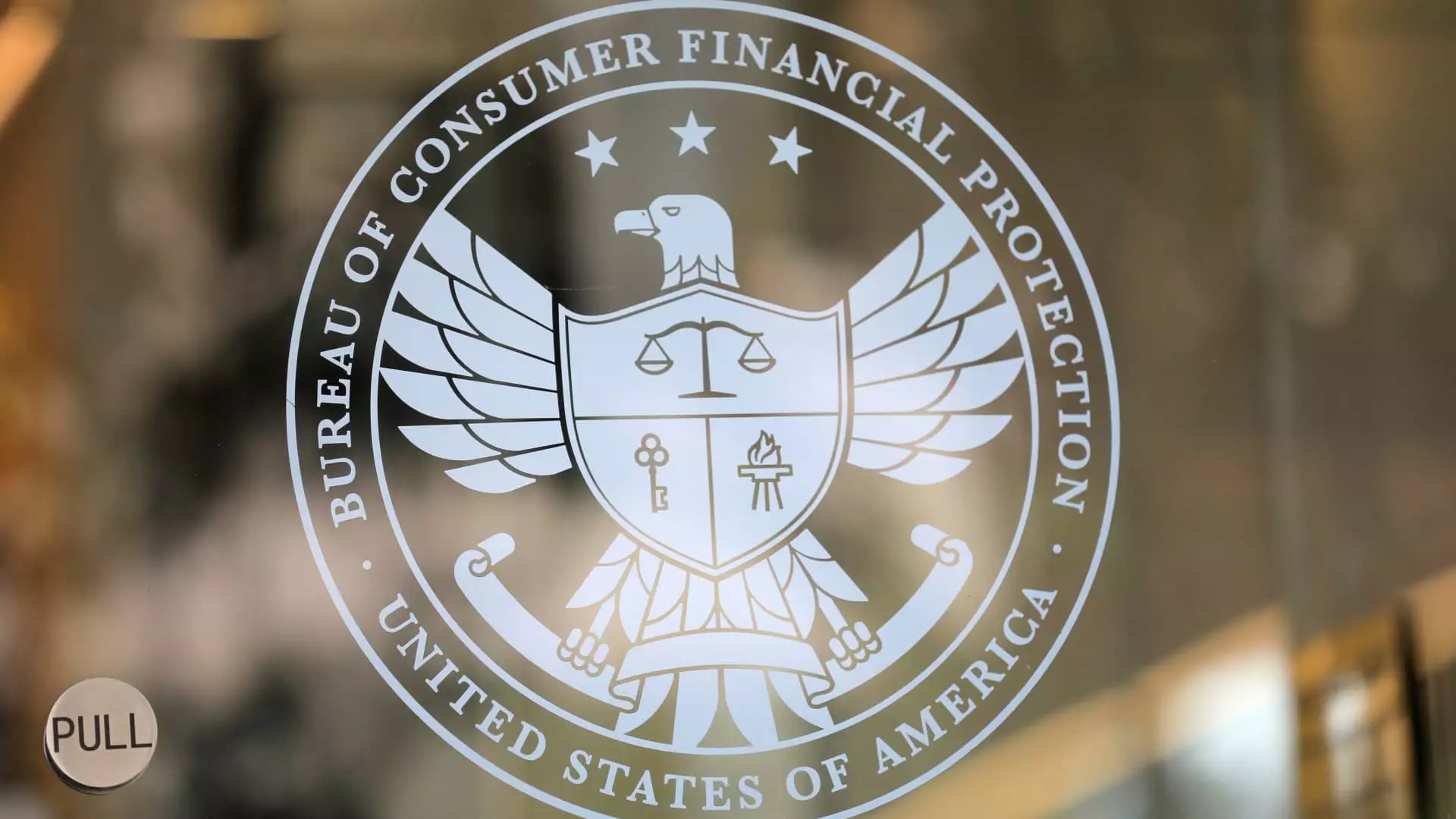The Consumer Financial Protection Bureau (CFPB) has been a controversial agency since its inception. Established as a direct response to the 2008 financial crisis, its aim was simple yet pivotal: to safeguard consumers against malpractices in the financial sector. However, the Trump administration’s relentless attempts to dismantle or defund this agency reveal a troubling trend that goes beyond mere bureaucracy. This is not just about budget cuts; it is about eroding the very foundation of consumer protection at a time when it is needed most. The consequences of this assault on the CFPB could be catastrophic, affecting millions of Americans and depriving them of essential protections.
The Legal Tug-of-War: Uncertainty and Chaos
From the outset, the legal battles surrounding the CFPB have been extensive and tumultuous. When the Trump administration moved to throttle the bureau’s funding and capacity, it initiated a series of legal challenges that exposed the fragility of consumer protections. A federal judge, Amy Berman Jackson, intervened to halt the firings of approximately 1,500 CFPB employees, emphasizing the agency’s importance and the risks associated with such sweeping cutbacks. The agency needs staff to operate effectively, which raises a critical question: How can the CFPB function with a fraction of its resources? According to Mark Paoletta, the acting chief legal officer of the CFPB, a reduction to 200 employees would severely hamstring the bureau’s abilities. This raises a fundamental concern regarding what happens when consumers need assistance but have an under-resourced authority that is legally obligated to help them. The resulting uncertainty from these legal battles sends a dangerous message: consumer protection is expendable.
Decline in Consumer Protections: A Looming Threat
One cannot overlook the tangible ramifications of the CFPB’s potential dismantling on consumer protections. Recent years have witnessed the agency taking significant steps to cap excessive bank overdraft fees, regulate payment apps, and enhance the resolution of consumer complaints. These initiatives have indeed helped lay a foundation for greater fairness and transparency in the financial services sector. However, all of these implications hang in limbo as congressional efforts to roll back these protections gain traction. For instance, the upcoming deadlines for the overdraft fee caps present a critical moment: if overturned, banks might exploit the situation by hiking fees under the guise of “competitive dynamics.” In an environment already riddled with financial inequities, the potential for increased fees and reduced protections threatens not just individual consumers but the economy at large.
A Regulatory Vacuum: The Fine Line Between Protection and Profiteering
What we are witnessing is the emergence of a concerning regulatory vacuum in consumer finance. The CFPB’s primary mission has been to ensure that all players in the financial sector—whether banks or newer fintech firms—adhere to the same rules designed to protect consumers. With the administration’s retreat from strict oversight, a troubling imbalance is set to evolve. Established institutions may still face regulations, while innovative fintech platforms might escape scrutiny, creating a disjointed regulatory framework that endangers consumers. For instance, a payment app like Zelle could maintain regulatory oversight, while established fintech firms like PayPal or Venmo could dodge the same scrutiny altogether. This differential treatment blows a hole in the core mission of equitable consumer protections: ensuring that no market participant can engage in predatory behavior unchallenged.
Consumer Complaints: Forsaken and Overlooked
The CFPB’s role extends beyond just enforcement; it plays a vital part in gathering consumer feedback through its complaint database. With over 1.6 million complaints reported in 2023 alone, the agency’s capacity to respond effectively hinges on its funding and staffing levels. However, without the necessary resources, even well-founded complaints may languish unresolved. Imagine being a consumer who thought you took the right steps to address an issue, only to find out that your concerns are simply “in the queue,” without any real hope for resolution. The diminishing capability of the CFPB to enforce regulations means that consumers may be left in limbo, frustrated by a system that no longer prioritizes their needs—a classic case of bureaucracy failing the very people it was meant to serve.
The attempts to dismantle the CFPB under the Trump administration raise profound ethical and practical questions about governance and the treatment of vulnerable consumers. This erosion of consumer protection comes during a time when it is most crucial, exposing the administration’s broader agenda: to reshape the regulatory landscape in favor of financial companies at the cost of the average American. This scenario underscores just how deeply interconnected government policies and consumer welfare truly are. The stakes have never been clearer, and in an era where accountability should be paramount, the fate of consumer protections hangs precariously in the balance.

